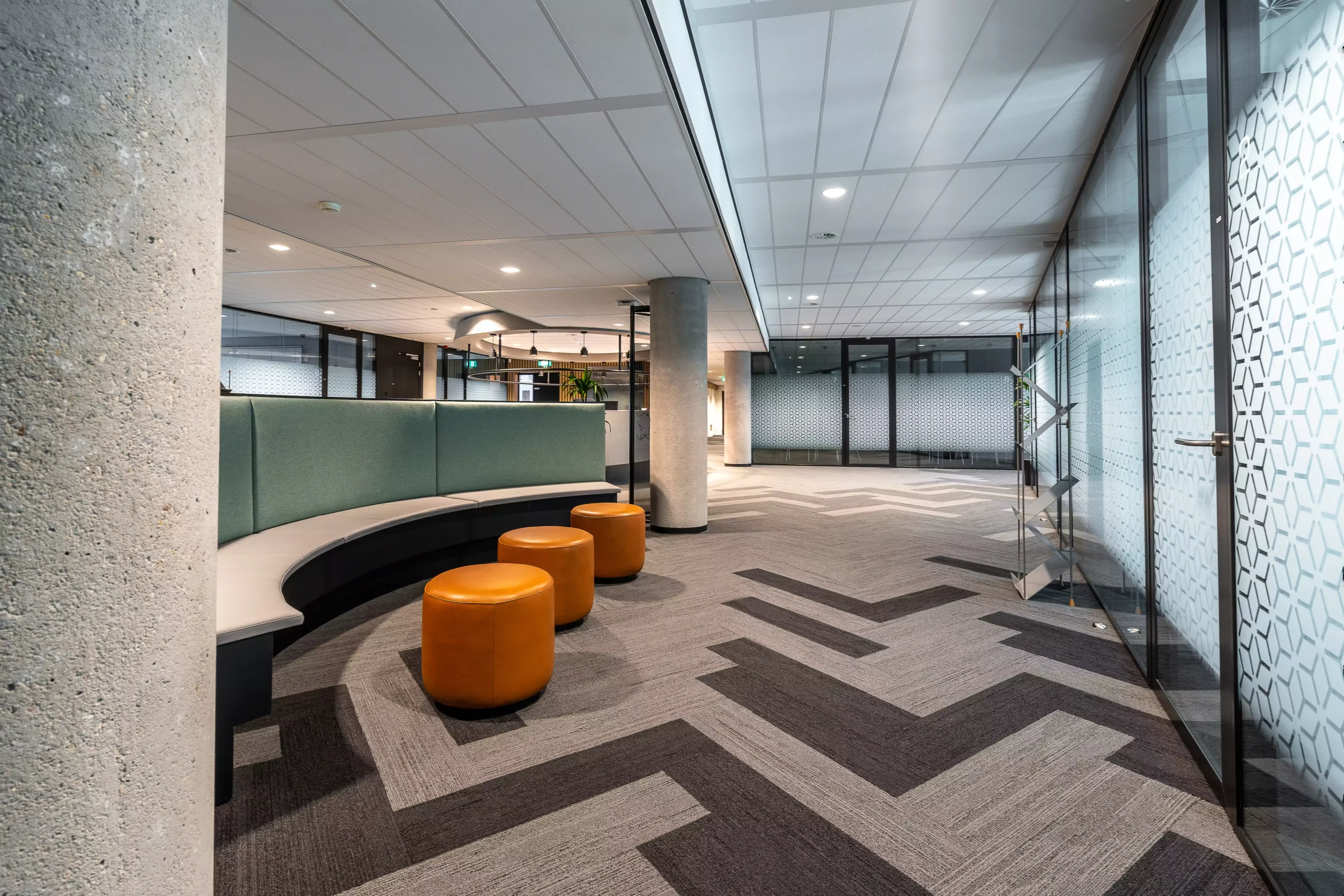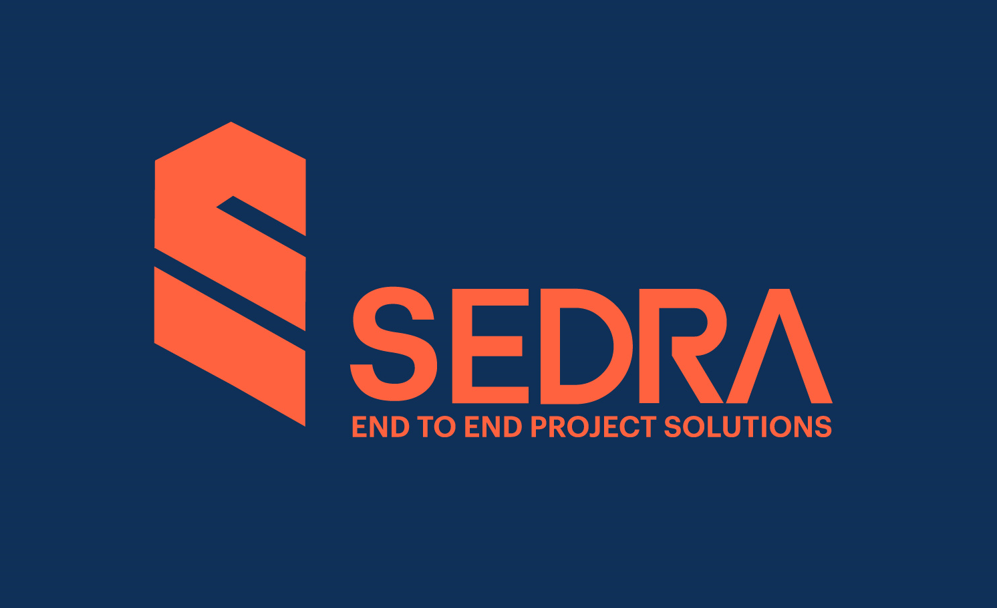In the dynamic world of interior design and FitOut projects, transitioning from design plans to as-built reality is crucial. This article delves into the importance of site visits and the coordination between design and as-built conditions.
We will explore strategies to ensure that the envisioned design aligns perfectly with the actual site conditions, guaranteeing the project’s successful realization.
Understanding the Role of Site Visits
Site Visits are a crucial step in Project Realization and essential to the FitOut process as they allow designers and project managers to assess the actual conditions of the site. This step is vital for identifying discrepancies between the planned design and the existing site conditions, allowing for a practical evaluation of space, lighting, structural limitations, and other critical factors that influence the final design.
Bridging the Gap Between Design and As-Built
Bridging the gaps passes through two steps:
1- Accurate Assessment of Site Conditions
The first step in bridging the gap is to assess the site thoroughly. This involves measuring dimensions, noting existing structures, and understanding the site’s unique characteristics. Accurate assessment helps in modifying the design plans to fit the actual conditions.
2- Adapting Design to Meet Real-world Constraints
Often, the original design needs adaptation to align with the site’s physical constraints. This might include altering dimensions, changing materials, or reconfiguring layouts. Flexibility and creativity are key in these adaptations, ensuring the design remains aesthetically pleasing while being practical.
Effective Communication and Documentation
1- Ensuring Clear Communication Among All Parties
Effective communication between the design team, contractors, and the client is essential. Regular meetings, detailed reports, and visual aids like 3D models can help convey how the design translates into the as-built structure.
2- Documenting Changes and Decisions
Any changes made during the site visit should be thoroughly documented. This documentation ensures all parties know the alterations and their implications on the project’s timeline and budget.
Leveraging Technology for Seamless Integration
1- Utilizing Advanced Tools for Accurate Planning
Modern technology, such as BIM (Building Information Modeling), can be crucial. These tools allow for a virtual representation of the as-built conditions, aiding in accurate planning and adjustments.
2- Digital Overlays: Comparing Design with Reality
Digital overlays and augmented reality can be used to superimpose the planned design over the actual site conditions. This technique allows for real-time comparison and helps in making informed decisions.
In conclusion, The coordination between design and as-built conditions during site visits is a pivotal element in the success of any FitOut project. This phase can be navigated smoothly through meticulous site assessment, adaptable design strategies, effective communication, and advanced technology. The ultimate goal is to ensure that the outcome meets and exceeds the client’s expectations, bridging the gap between conceptual designs and tangible realities.
FAQs Related to Site Visits and Design-Asbuilt Coordination
1. How often should site visits be conducted for effective design-asbuilt coordination?
Regular site visits are crucial, especially at key project milestones. The frequency should be determined based on the project’s complexity and the stage of development.
2. What are the common challenges when coordinating design and as-built conditions?
Common challenges include discrepancies in dimensions, unforeseen structural issues, and differences in material behavior. Effective planning and flexibility in design are essential to address these challenges.
3. Can technology completely replace physical site visits?
Technology like BIM and augmented reality greatly aid in planning and visualization. Still, physical site visits remain irreplaceable for understanding the tangible aspects of the site, such as texture, lighting, and spatial feel.
4. What role do clients play during site visits and ?
Clients are integral to the decision-making process. Their feedback during site visits can provide valuable insights and help align the project with their vision and expectations.






